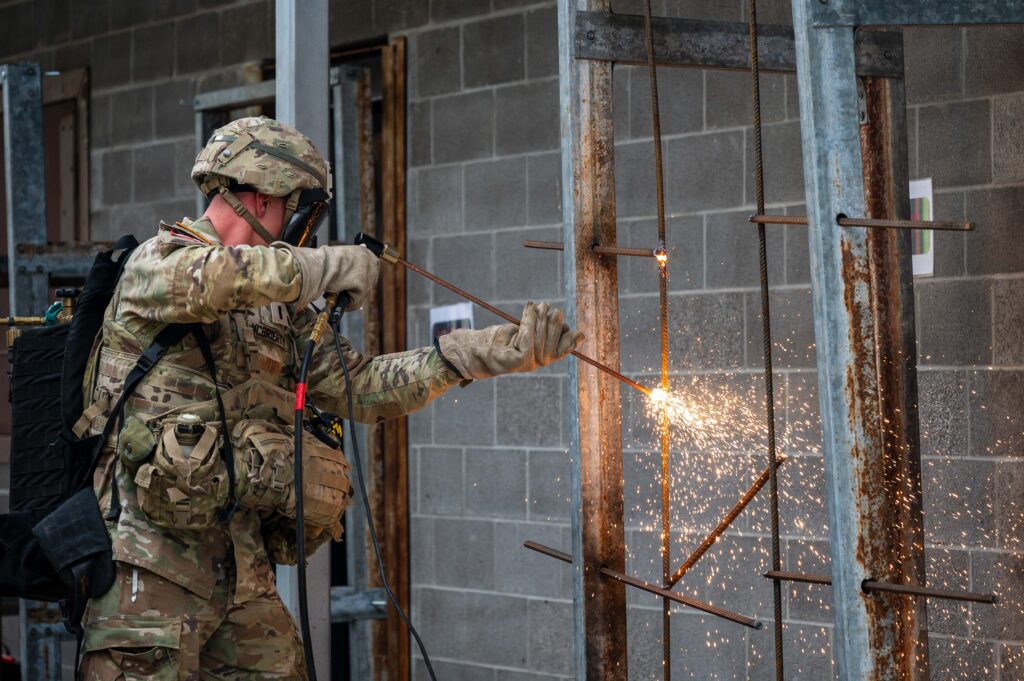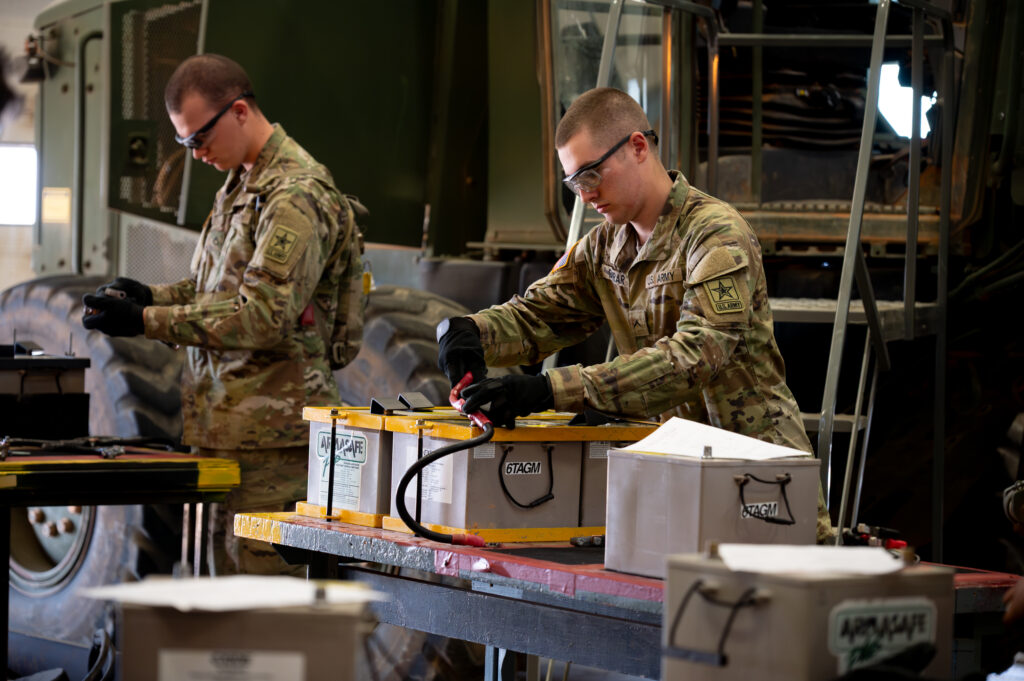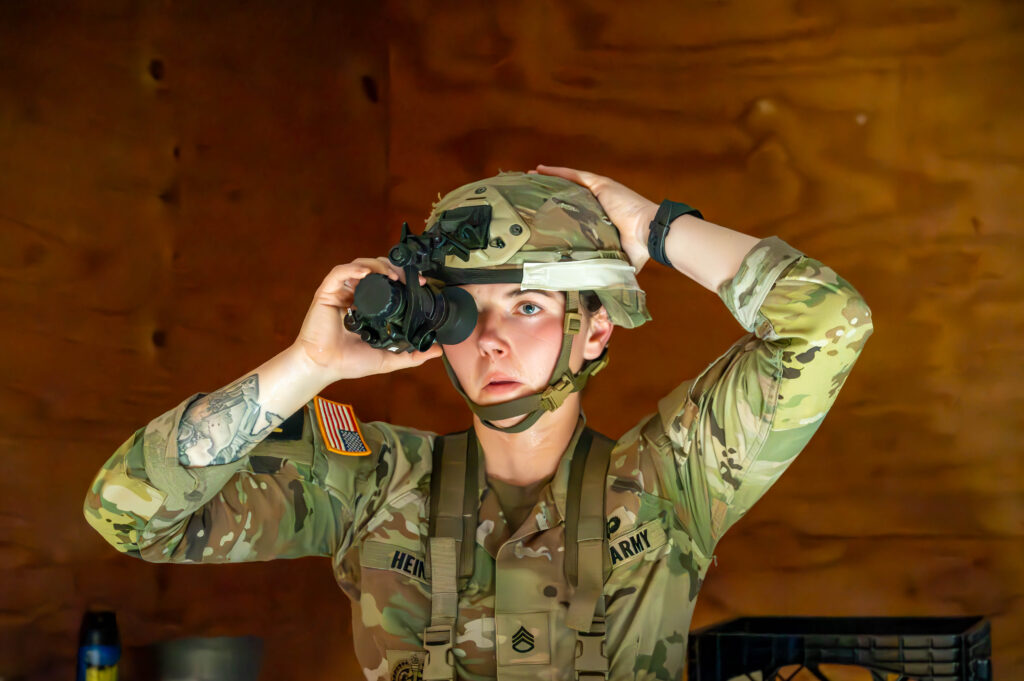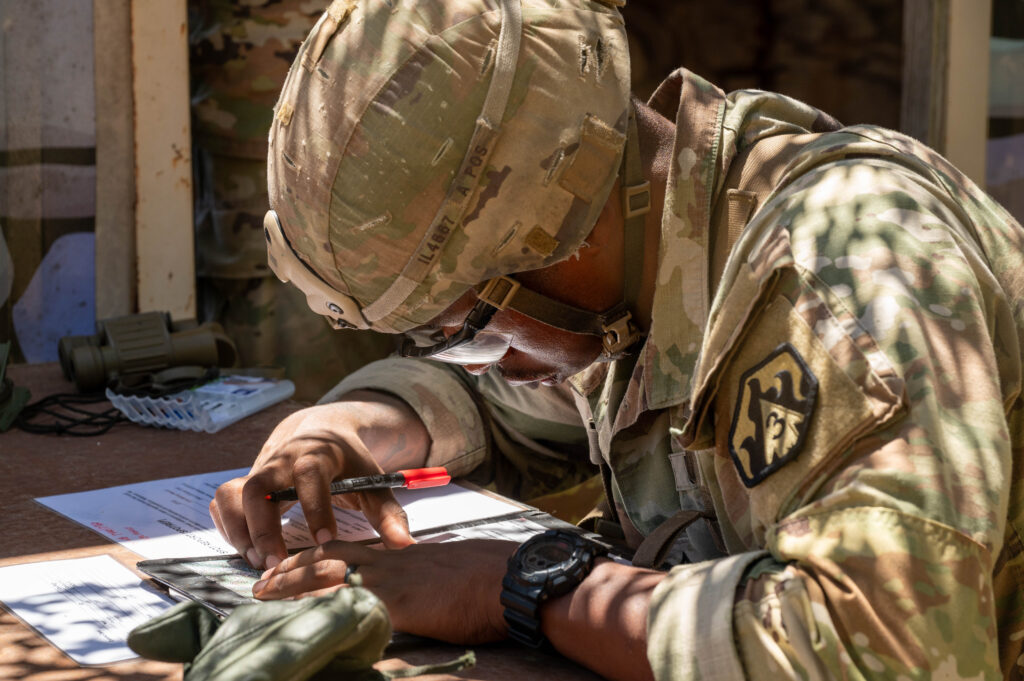Brian Hill
FORT LEONARD WOOD, Mo. (Jan. 13, 2022) – Keeping a home cozy and warm in the winter here can be expensive, but with a little preparation, a stack of cash can be saved over the next few months, said Allen Simpson, Fort Leonard Wood’s Energy Program manager.
Escaping heat can account for up to 30 percent of home energy use, according to the U.S. Department of Energy, and Simpson recommended replacing older weather-stripping around doors and windows to limit drafts.
“You might also consider replacing door seals, door sweeps or thresholds to help keep the cold, outside air where it belongs — outside,” he said.
For single-pane windows, Simpson said to consider purchasing a window insulation kit. For under $15, these kits can increase energy efficiency by up to 90 percent, and many how-to videos are available online to help would-be do-it-yourselfers install an insulation kit.
In addition to windows and doors, cold air also tends to come in through fireplaces and even outlets. Simpson said to close the flue when a chimney is not in use and to check for drafts around light switches and power sockets.
“If you feel the cold coming in, there’s always a way to stop it with proper insulation,” he said.
Heat rises, Simpson said, but there are a few ways to help keep it from escaping a home.
“If you’re living in a home — not an apartment — get up in the attic if you can and make sure there is enough insulation,” he said.
Insulation is rated based on its ability to resist heat traveling through it, commonly referred to as the “R-Value,” Simpson said. The Department of Energy’s Energy Star campaign — a federal program that offers consumer advice on purchasing energy efficient products — lists Fort Leonard Wood within Zone Four for insulation. Visit the Energy Star website for more information on the types of insulation ideal for south-central Missouri.
For those living in apartments, or who are otherwise unable to upgrade insulation, another way to ensure better use of heat in a home is a ceiling fan. By setting the fan to operate in a clockwise-direction — most fans have a switch located on the outside of the motor housing — warm air that gathers near the ceiling is forced down into living spaces.
Many people also don’t realize free heat exists in the winter, Simpson said, and anyone with south-facing windows can take advantage of it.
“The sun is a great source of heat,” he said. “Open your curtains and blinds during the daytime to take advantage of the greenhouse effect and allow the sun to naturally heat your home. Just remember to close the curtains and blinds when the sun goes down, and consider upgrading to insulated curtains to maximize energy efficiency.”
Another great source of heat is the oven, though Simpson advised not to turn it on just to warm a home.
“After baking that pizza and turning off the oven, go ahead and leave the oven door open to use that heat,” he said.
Simpson also recommended closing vents and shutting doors to rooms not regularly used.
“If you have a room in your house that people rarely enter, you’re wasting energy and money heating it,” he said.
Another way to save on energy costs in the winter, Simpson said, is to keep the thermostat setting on the water heater in mind — they are typically the second-highest source of energy usage in the home.
Water heaters are generally pre-set to 140 degrees Fahrenheit.
“It takes a lot of energy to heat water, and most people have the thermostat on their water heater set way too high,” Simpson added.
Try setting the temperature to 120 degrees in the winter, and 110 degrees in the summer.
“You probably won’t even notice the difference, until you get your next electricity bill,” Simpson said.

-30-
About Fort Leonard Wood
Fort Leonard Wood is a thriving and prosperous installation that has evolved from a small basic training post 80 years ago to a premier Army Center of Excellence that trains nearly 80,000 military and civilians each year.
Fort Leonard Wood is home to the U.S Army Maneuver Support Center of Excellence and three U.S. Army schools: the U.S. Army Engineer School; U.S. Army Chemical, Biological, Radiological and Nuclear School; and the U.S. Army Military Police School. In addition to training engineer, CBRN and military police specialties for the Army, Fort Leonard Wood also provides gender-integrated in-processing and Basic Combat Training for new Soldiers.
Fort Leonard Wood also hosts and trains with the largest Marine Corps Detachment and Air Force Squadron on any Army installation as well as a large Navy construction detachment.
More information about Fort Leonard Wood is at: https://home.army.mil/wood/index.php/about/mission






